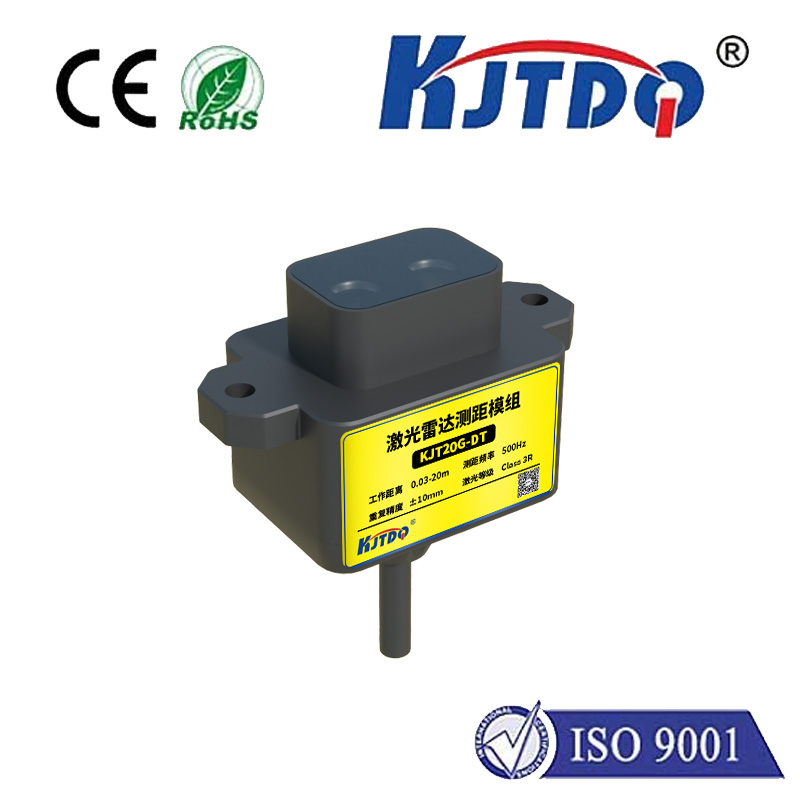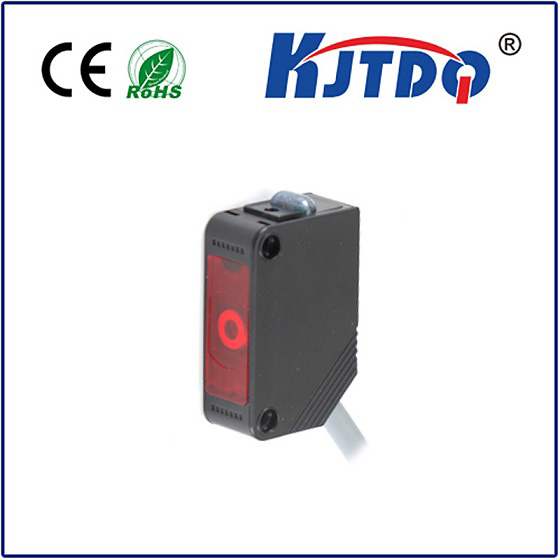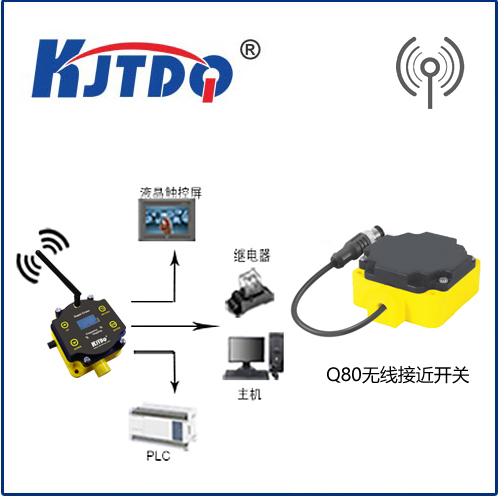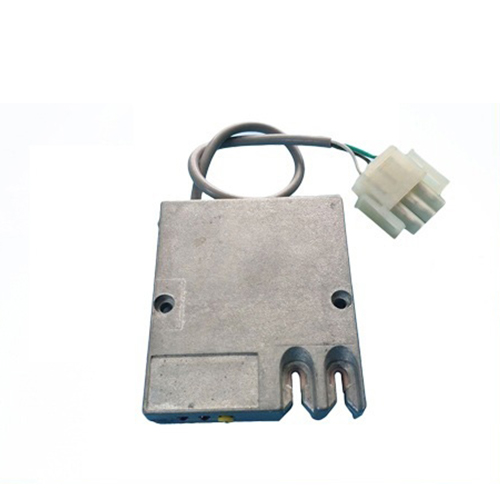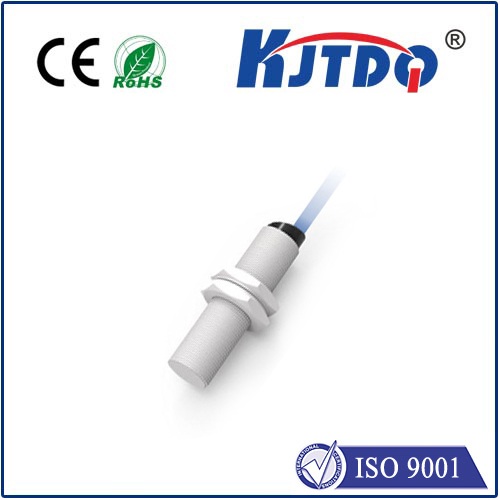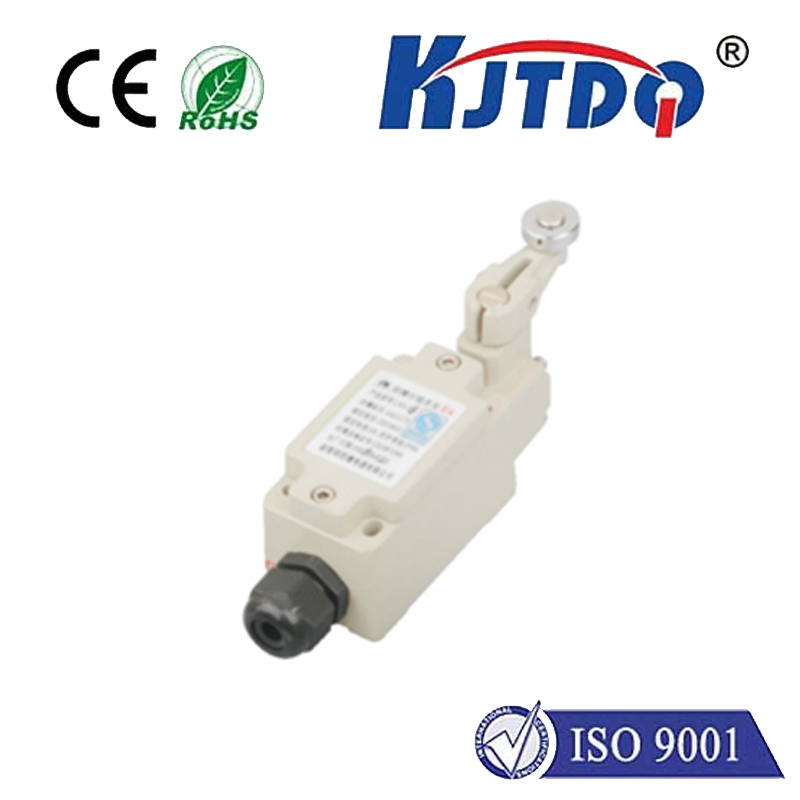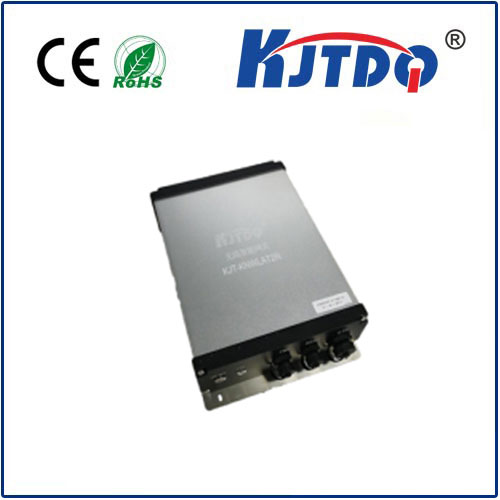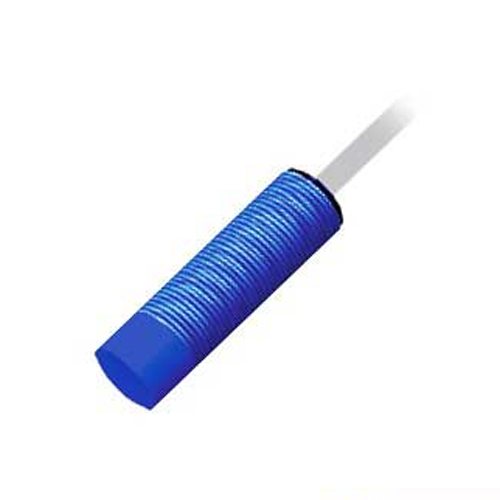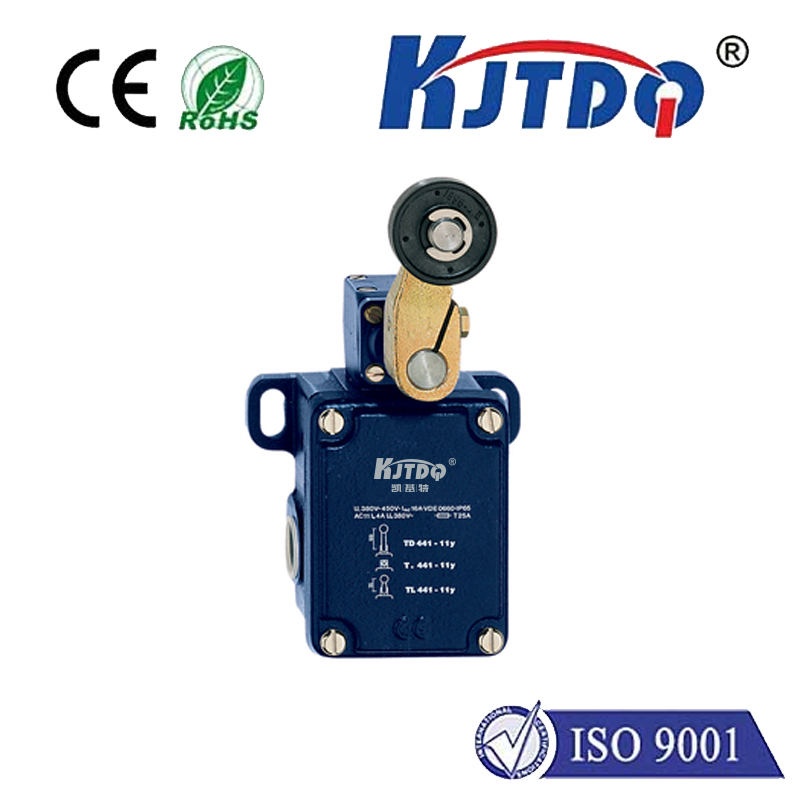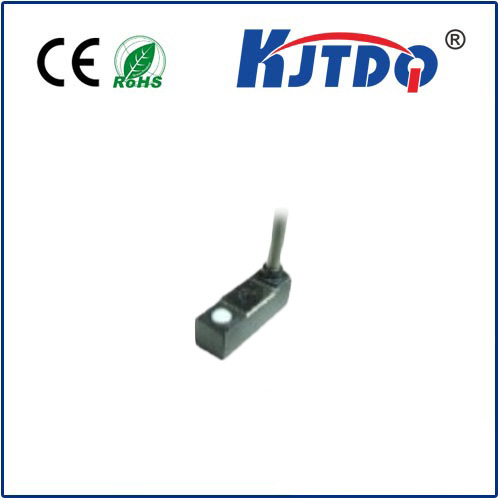Датчик квадратного приближения
- time:2025-06-14 03:55:11
- Нажмите:0
The Unsung Hero of Precision Detection: Why Square Proximity Sensors Shine
Imagine a world where machines need to “see” and react without touching. How does an elevator door know not to close on you? How does a phone screen dim when held to your ear? The answer often lies in proximity sensors. But when space is tight, integration is critical, and precision mounting matters, one particular shape reigns supreme: the Датчик квадратного приближения. This unassuming powerhouse is the silent sentinel enabling countless automated processes reliably and efficiently.
Understanding Proximity Sensing

Before diving into the “square” aspect, let’s grasp the core function. A датчик приближения is a device that detects the presence (or absence) of nearby objects without physical contact. It does this by emitting an electromagnetic field (inductive), an electrostatic field (capacitive), infrared light (optical), or ultrasonic waves. When a target object enters this field, it causes a detectable change – a shift in oscillation frequency, a change in capacitance, or a reflection – triggering the sensor’s output switch. This makes them ideal for applications demanding hygiene, harsh environments, or high-speed detection.
The Strategic Advantage of Square Proximity Sensors
While proximity sensors come in various shapes (cylindrical, rectangular block), the Датчик квадратного приближения offers distinct advantages that make it indispensable in specific scenarios:
- Optimal Space Utilization & Integration: In modern machinery and compact electronics, every millimeter counts. The square form factor is inherently efficient for fitting into tight corners, mounting directly onto flat surfaces, or aligning precisely along the edges of enclosures and PCBs. This allows designers to maximize internal space and create sleeker product designs where a cylindrical shape might protrude awkwardly or waste space. Think intricate robotics arms, miniature medical devices, or densely packed control panels – the square sensor sits flush and unobtrusive.
- Enhanced Mounting Stability & Precision: Square sensors typically feature multiple mounting points (screw holes or slots) along their flatter sides. This configuration provides significantly greater mounting stability, minimizing vibration-induced misalignment or false triggers compared to sensors mounted solely via a single threaded barrel. This stability is crucial for high-precision positioning tasks and ensures consistent, reliable detection performance over time. The flat sides also simplify precise alignment during installation.
- Seamless Surface Integration & Edge Detection: The flat faces of a square proximity sensor allow it to be mounted directly against another flat surface, offering protection or simply achieving a cleaner aesthetic integration. Crucially, this design facilitates excellent edge-to-surface detection capabilities. Sensors can be mounted such that their sensing face is perfectly flush with the edge of a machine guard, conveyor frame, or inspection slit, enabling detection right at the point of interaction without needing bulky brackets. This is vital for safety systems guarding pinch points or automated quality control inspecting items traveling along a production line.
- Robust Build Options: Square proximity sensors are often available in heavy-duty packages, frequently boasting IP67, IP68, or IP69K ingress protection ratings. This makes them exceptionally resistant to dust, water jets, and high-pressure washdowns, a common requirement in demanding sectors like food & beverage processing, pharmaceutical manufacturing, and heavy machinery. Their robust construction ensures longevity in environments where other sensors might fail.
Where Square Proximity Sensors Excel: Key Applications
The unique strengths of the Датчик квадратного приближения make it the go-to choice in numerous critical fields:
- Industrial Automation & Machinery: Tightly integrated into CNC machines, robotic cells, packaging lines, and assembly systems for position feedback (end-of-stroke detection), object counting on conveyors, jam detection, and verifying part presence or orientation within confined tooling spaces. Their robust build handles industrial grime, vibration, and coolant splashes.
- Перевозка материалов: Mounted flush on conveyor frames to detect objects at transfer points, monitor package flow, trigger sorting mechanisms, or provide jam alerts. Essential for optimizing logistics systems in warehouses and distribution centers.
- Automated Safety Systems (Guarding): Critical components of machine safety guarding setups. Mounted flush along the edge of protective doors, gates, or light curtains, they reliably detect personnel intrusion into hazardous zones, triggering immediate machine shutdown (safety proximity sensors are often a specific type designed to meet required Standards like IEC 60947-5-3).
- Medical & Laboratory Equipment: Used within analytical instruments, diagnostic machines, and automated fluid handling systems for precise component positioning (pipette arms, vial trays), door interlock sensing, and ensuring consumables (like cartridges or slides) are correctly loaded. Their compact size and non-contact nature are ideal for

